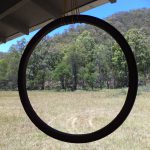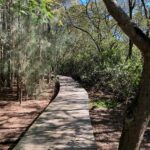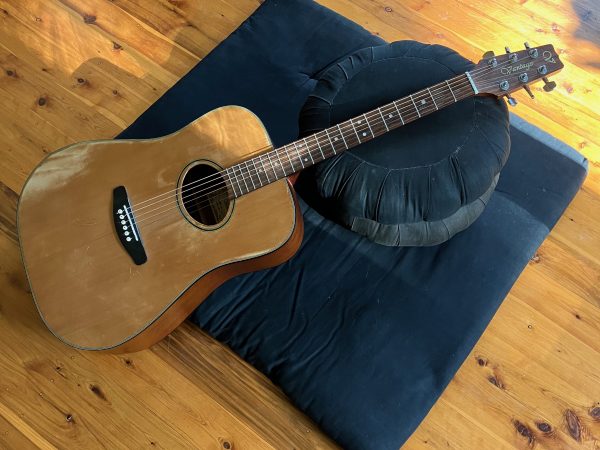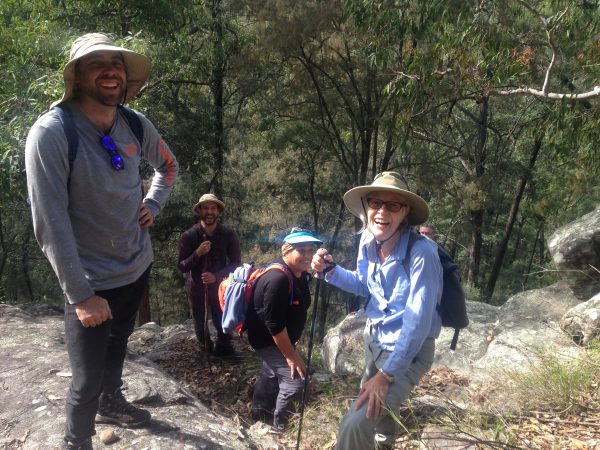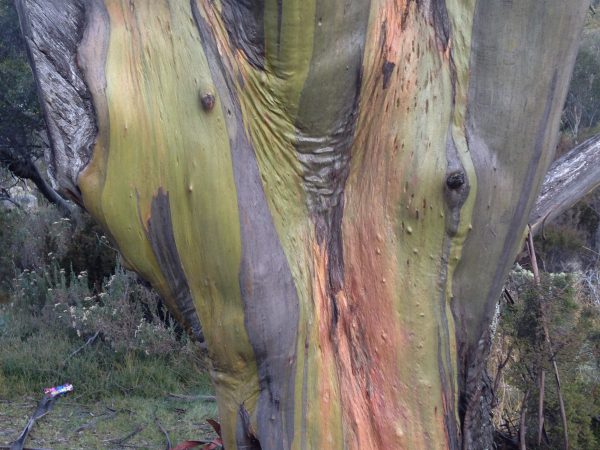Finding Peace
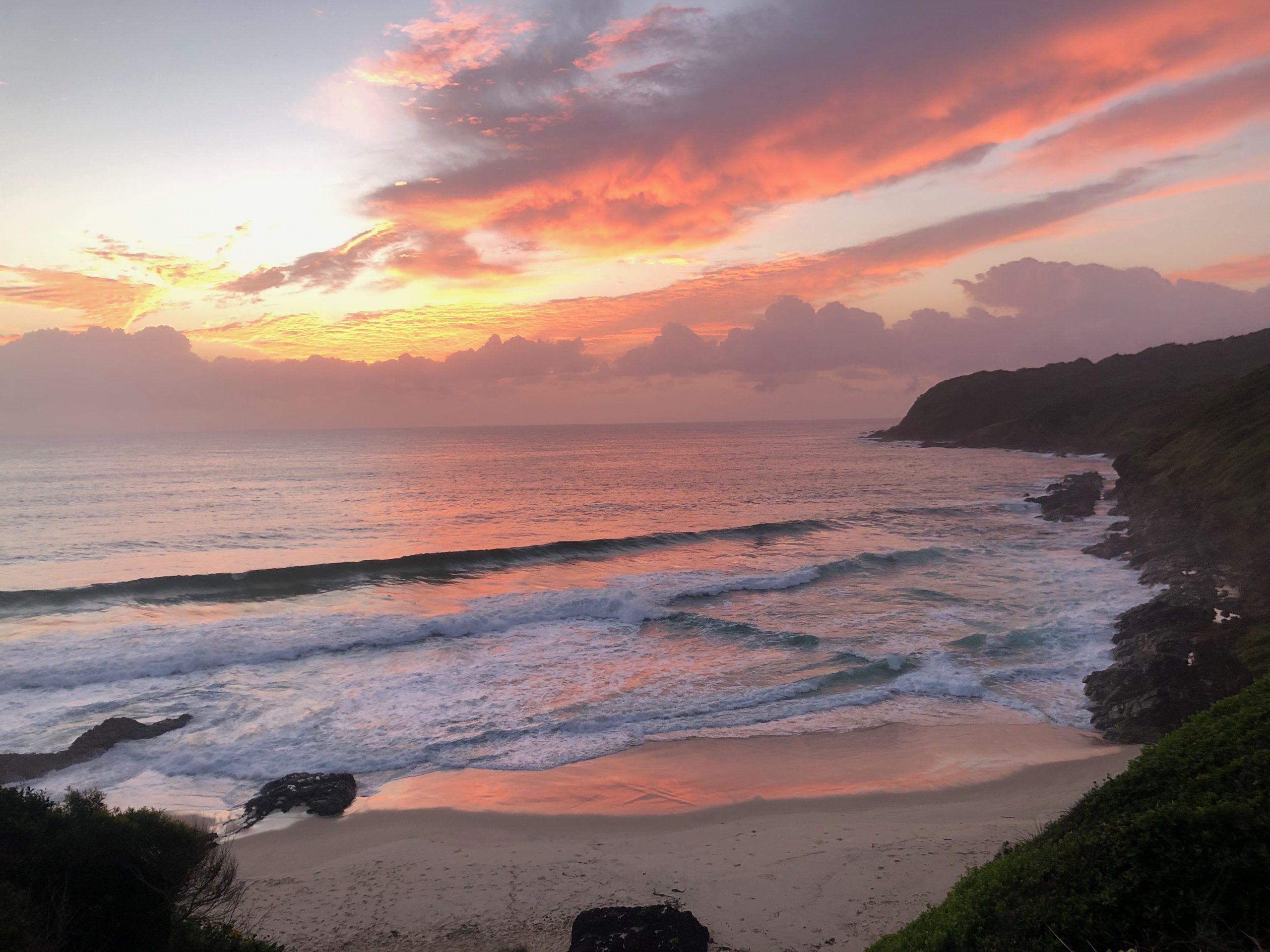
Beloved Vietnamese Zen master Thich Nhat Hanh passed away peacefully at his root temple Tu Hien Temple, in Hue, Vietnam at the age of 95 on January 22, 2022. Thay (Vietnamese for teacher) was a world-renowned spiritual leader, prolific author, poet, relentless peace activist. As a pioneer of engaged Buddhism, Thay adopted the slogan, “There is no Way to Peace, Peace is the Way”, which means the goal of environmental ,social activism is not separate from the practice of being peace. Thay himself was an embodiment of non-violence, being in his presence was like walking into a forcefield of peace.
Thay was also known as the ‘Father of Mindfulness’ who popularized mindfulness around the world. Among Buddhists Thay was considered second only to His Holiness the 14th Dalai Lama in the scope of his global influence. He authored 100 books and founded nine monasteries and dozens of affiliated practice centres around the world.
At the heart of Thay’s innovative and influential approach to Buddhism was his emphasis on ‘dependent arising’ or what he called ‘interbeing’. Altruistic love in the Buddhist tradition is based on our depth of understanding and insight into interconnectedness or inter-being.
If you are a poet, you will see clearly that there is a cloud floating in this sheet of paper. Without a cloud, there will be no rain; without rain, the trees cannot grow; and without trees, we cannot make paper. The cloud is essential for the paper to exist… So we can say that the cloud and the paper inter-are.
Thich Nhat Hanh
Thay’s teachings touched me profoundly and helped me to integrate Zen and Insight meditation from Theravadin Buddhism. Due to his breadth and depth of knowledge and wisdom he was able to link the teachings of dependent arising from the Pali Canon, the Mahayana Zen teachings on emptiness and the Huayen school’s vision of radical interdependence.
Thich Nhat Hanh made a simple request in how he wanted to be remembered and acknowledge after he died.
Thay said, ‘I have a disciple in Vietnam that wants to build a stupa for my ashes when I die. He and others want to include a plaque with the words “Here lies our beloved teacher”. I told them not to waste the temple land.
“Do not put me in a small pot and put me in there!” I said. “I don’t want to continue like that. It would be better to scatter the ashes outside to help the trees grow.”
I suggested that if they still wanted to build a stupa, they have the plaque say,
“I am not in here.” But in case people don’t get it, they could add a second plaque,
“I am not out there either.” If they still don’t understand you can write on a third and last plaque, “I may be found in your way of breathing and walking.”
Let’s take up this profound yet accessible practice of mindfulness of breathing and walking to find equanimity and peace in each step in the midst of life’s joys and travails.
With a deep bow of love, gratitude and veneration.
This essay was written by Subhana Barzaghi, roshi for the April/May Newsletter


